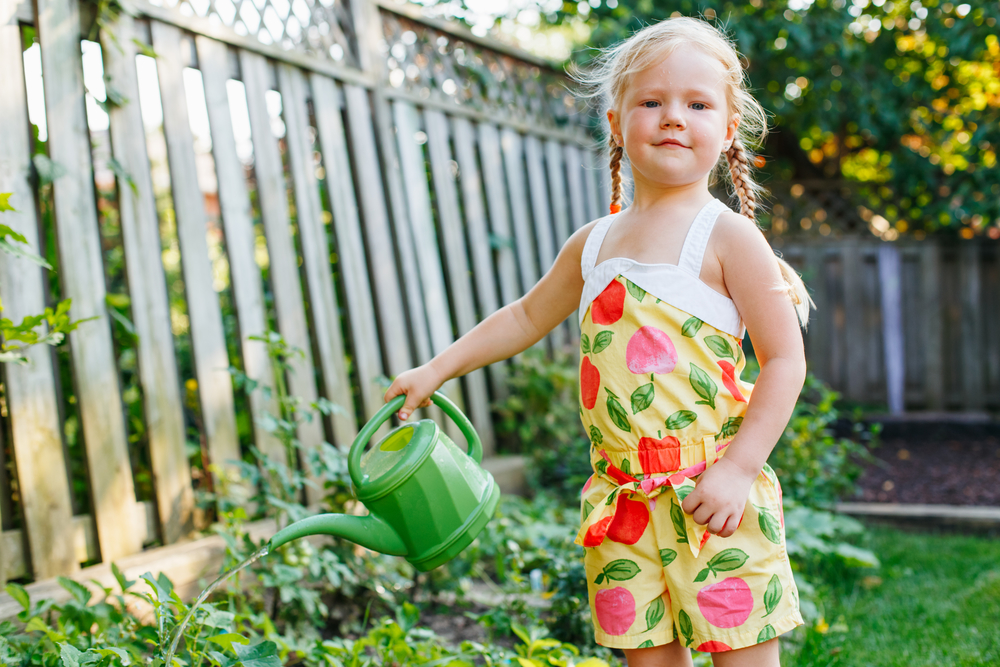There’s no doubt moving through the tantrum phase of early childhood is tough on parents.
Waiting out it out until the emotions pass, trying to support your child to find the words to express how they’re feeling.
But getting through it can be easier by introducing your child to Wayapa Wuurrk, earth mindfulness.
Wayapa is a beautiful, gentle movement practice with narrative meditation based on ancient wisdom that connects us deeply to nature. Centred around 14 elements including the sun, moon, wind, eagle, kangaroo, tree, volcano and lightning, it invites us to connect to each aspect and its unique energy and wisdom.
The philosophy behind it is simple yet profound. To connect to nature so deeply, a sense of purpose is activated within us to care for it because the planet doesn’t need us, we rely on it.
The practice itself is always practitioner-led and improves wellbeing, and coordination, creating new neural pathways and assists with regulating emotions through connecting to breath and finding moments of stillness and wonder in every day.
Little nervous systems need a lot of support in the early years. They’re in a constant state of stimulation with their sensory nervous system processing messages from all sensory input. What they can see, taste, touch, sense. Everything is new and not all of it is pleasant.
Too much noise, some scents, textures – all of these things can create dis-regulation in a child. Showing them how to find their way back to their own centre and anchor there can be helpful in regulating emotions.
When shared with children Wayapa is playful. Emotions are unexpressed energy and using movements relating to nature gives children the tools to shift their energy and move into a more supported and regulated state.
Here are 4 ways you can embrace the wisdom of the Wayapa way to support yourself and your child to move through dis-regulated moments with a little more ease.
1. Show them how to connect to breath (when they’re calm)
This can be as simple as placing the hands on the heart space and breathing softly into it.
Do this at the same time and share how you felt after a small moment of quiet and breathing softly and steadily. Invite them to share how they feel, helping them with the words for the feelings.
In moments of dis-regulation you can guide them to this exercise.
-
Expand their ability to express how they feel by using the wind
If they were the wind, how would they feel today?
Gentle like a soft breeze? Or full of energy like a wild, rainy day wind?
Invite them to show you what that looks like, standing and moving the hands and arms in a wind-like pattern. This is a playful exercise and children love it.
-
Encourage mindful moments
Life is busy and it can be tempting to hurry children along so we can carry on being productive.
When we notice a child fascinated by something happening in nature – perhaps a bee collecting pollen from a flower – can you allow them to stay present in the moment? Can you even encourage a fascination with the natural world?
-
Relating our own need to rest to the wisdom of nature
Everything in the natural world requires rest to thrive. The seasons of autumn and winter show us this, the sun rising and setting each day and so does the behaviour of many animals.
The kangaroo is a beautiful example of this. At the peak of a summer day, a kangaroo will find a shady spot and settle down to stretch and rest and wait until the day cools before it carries on with its work. Connecting children to this wisdom helps them understand the importance and value of self care. That to be our best selves we too need to stop.
Try it and let me know what you think! You can reach me on instagram @rachaelbonetti or visit www.rachaelbonetti.com or hear more about expanding our view of wellbeing on the What It Means To Be Well podcast wherever you get your podcasts.
Rachael Bonetti









